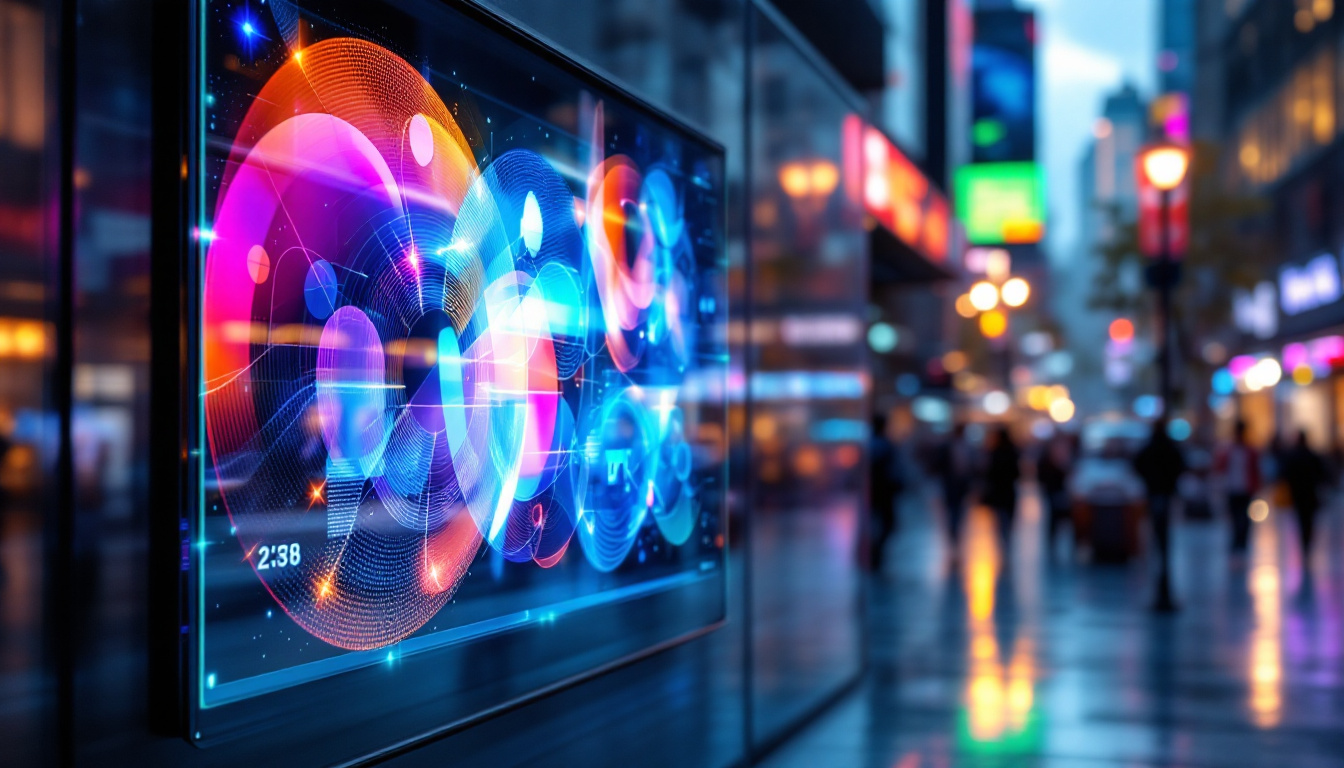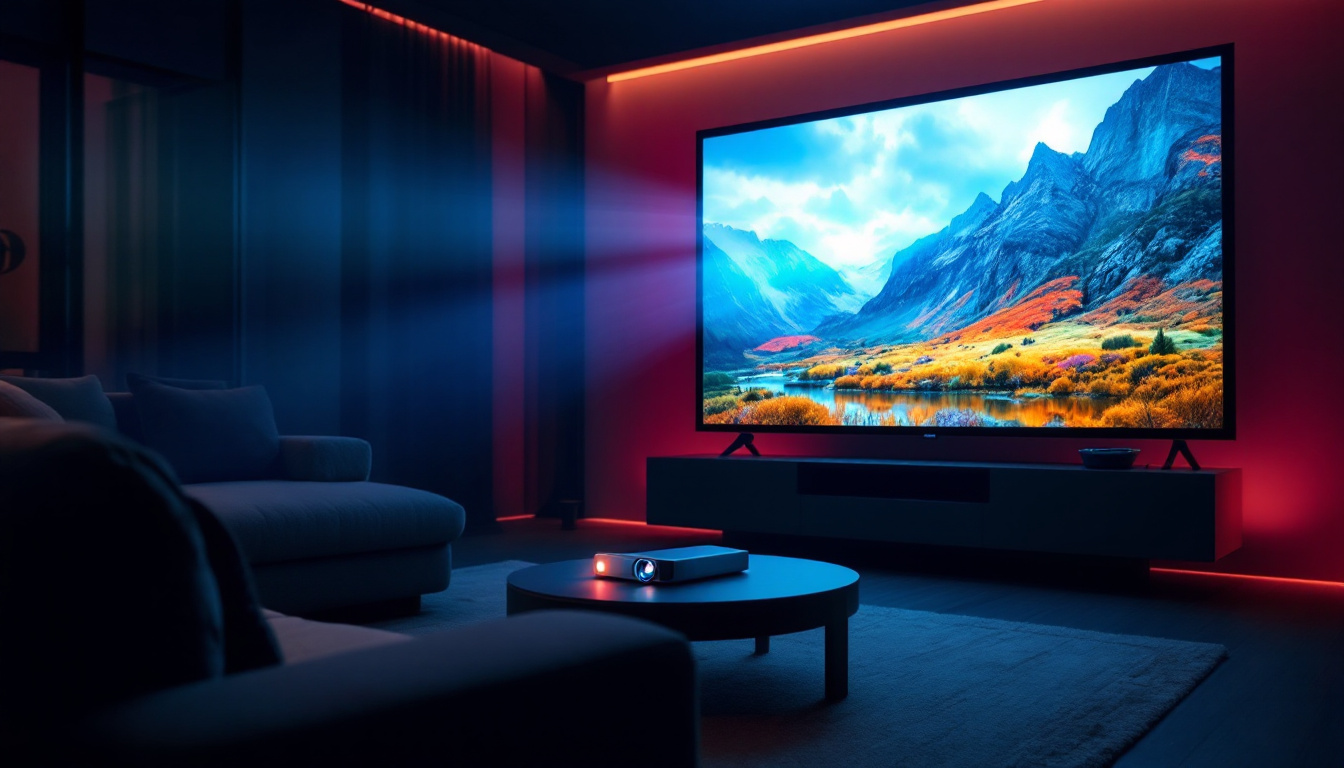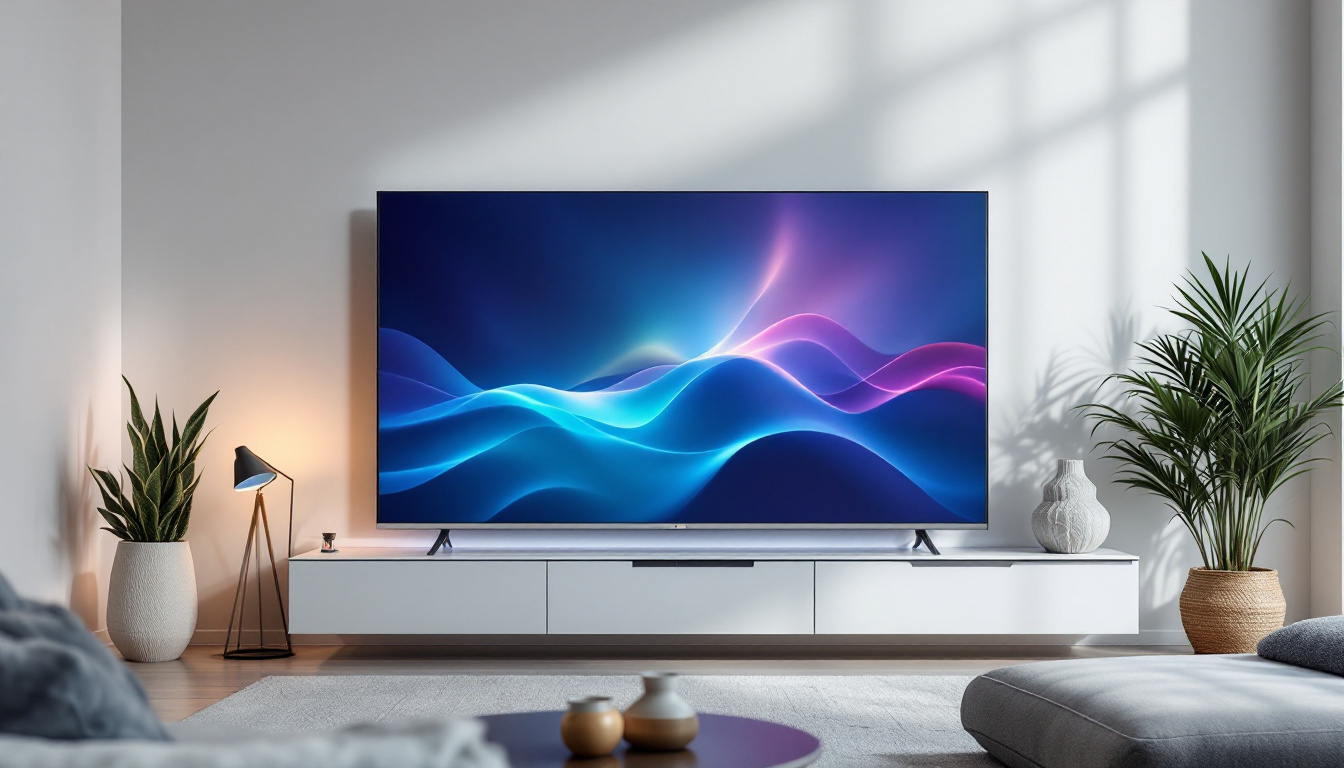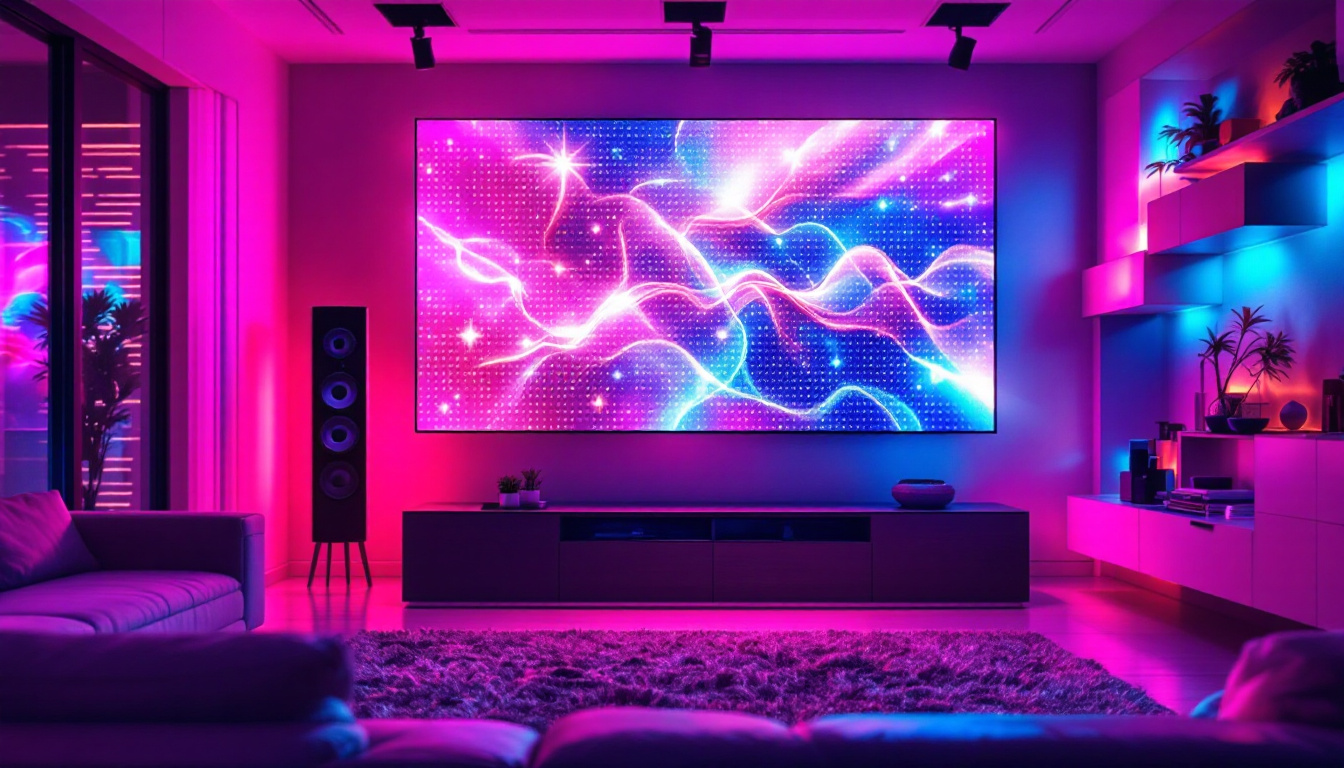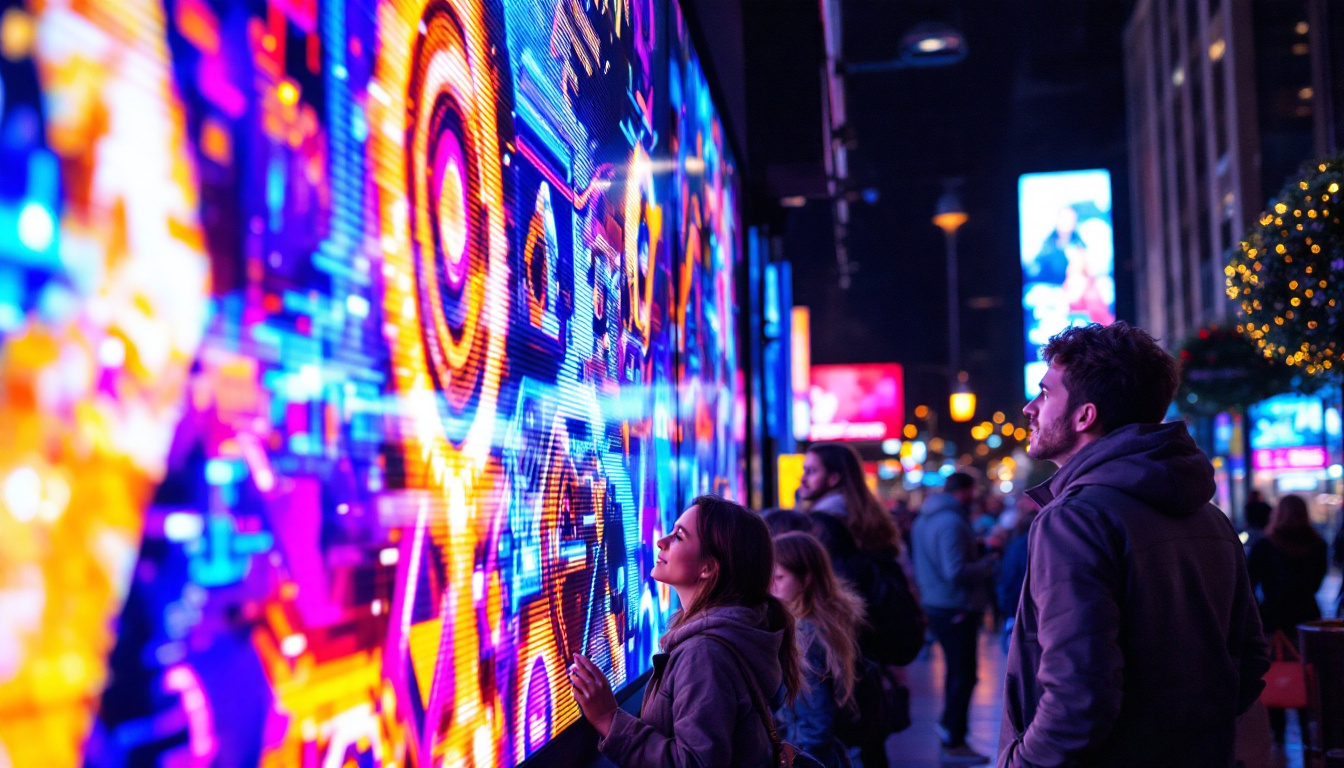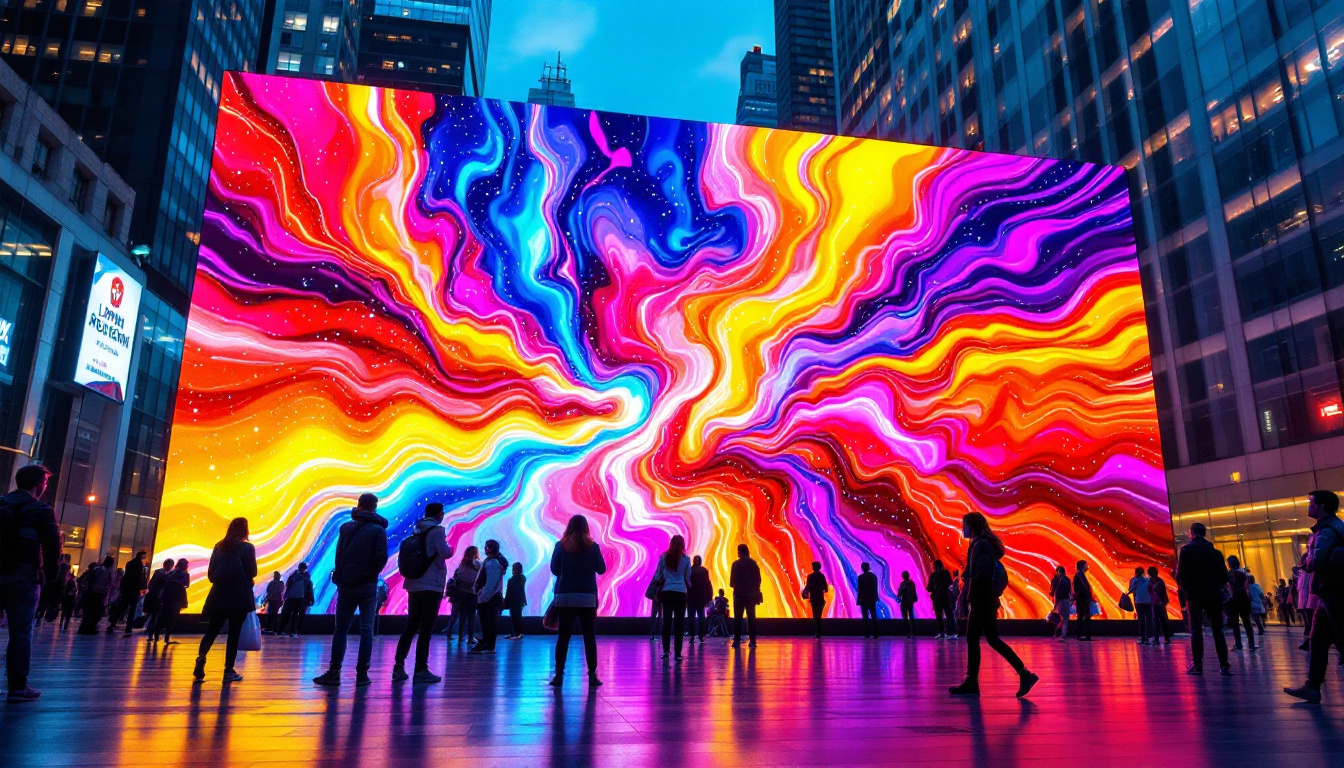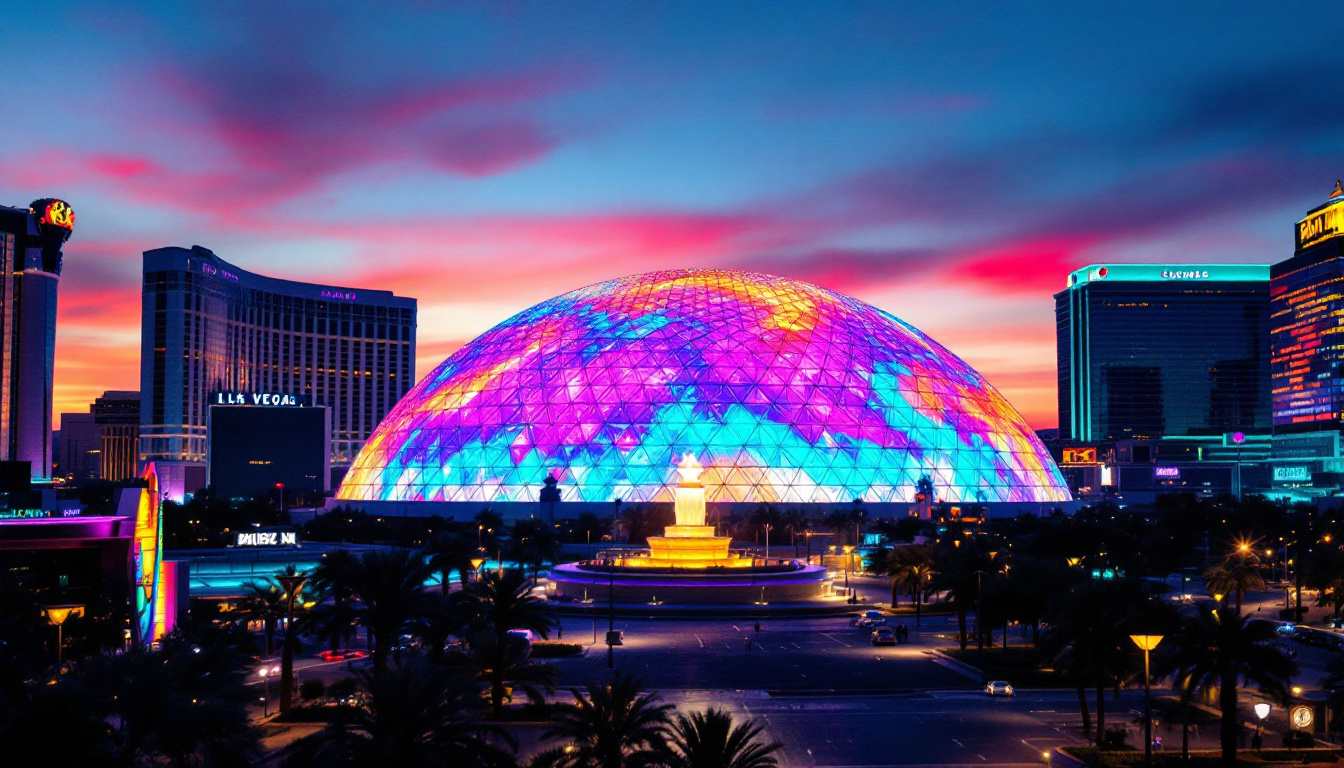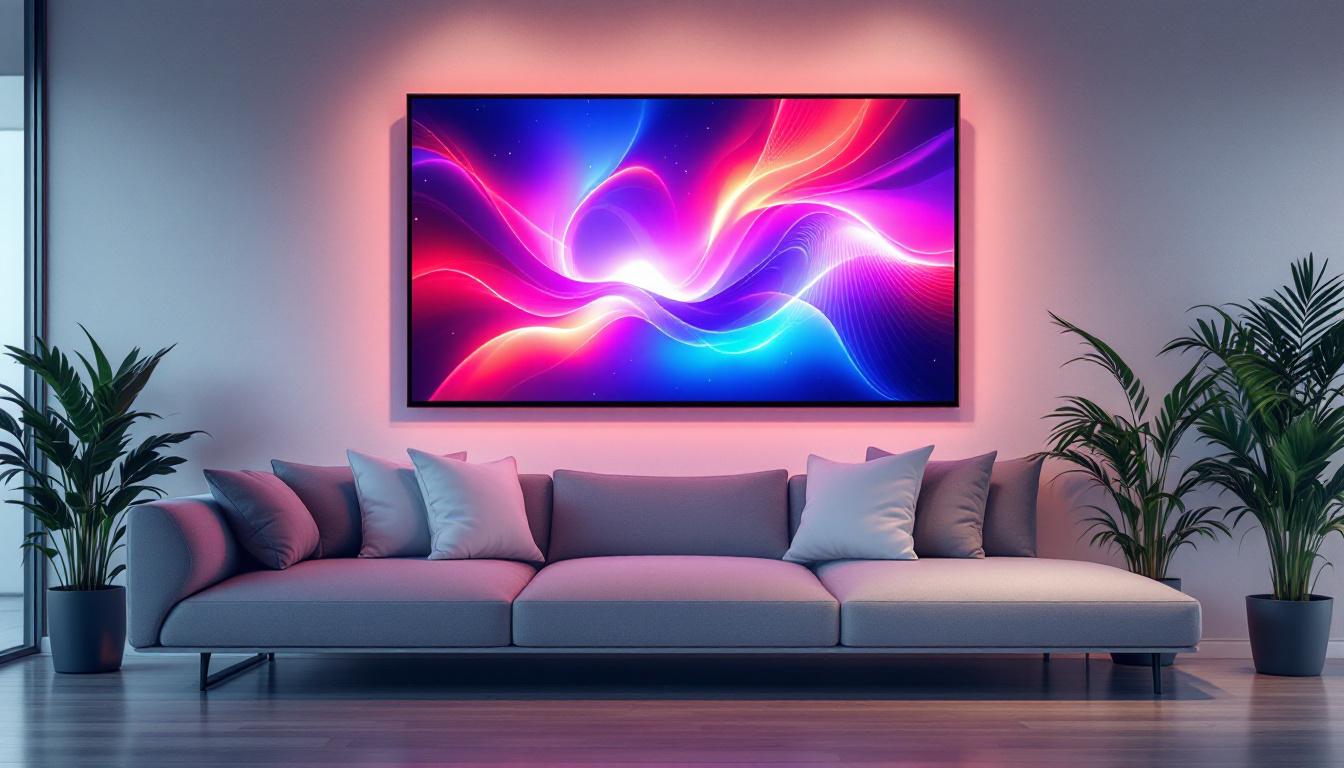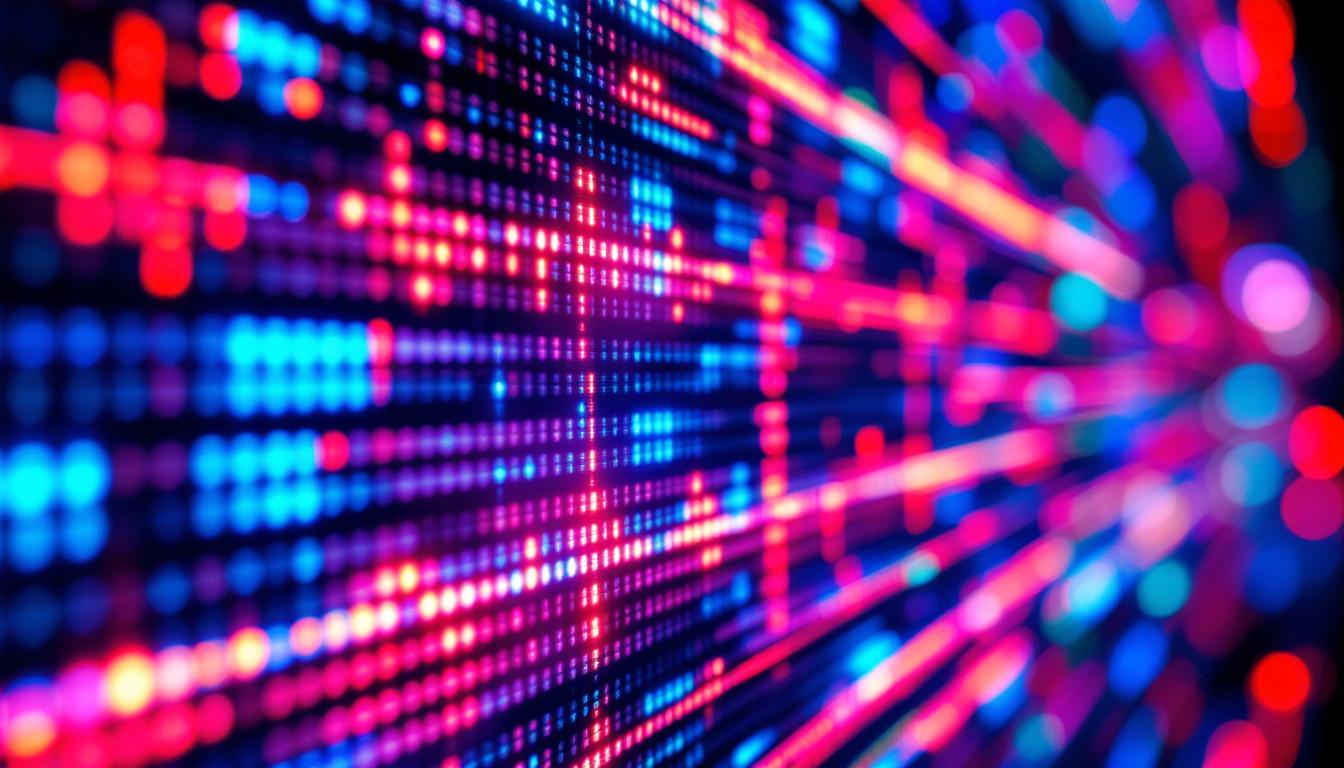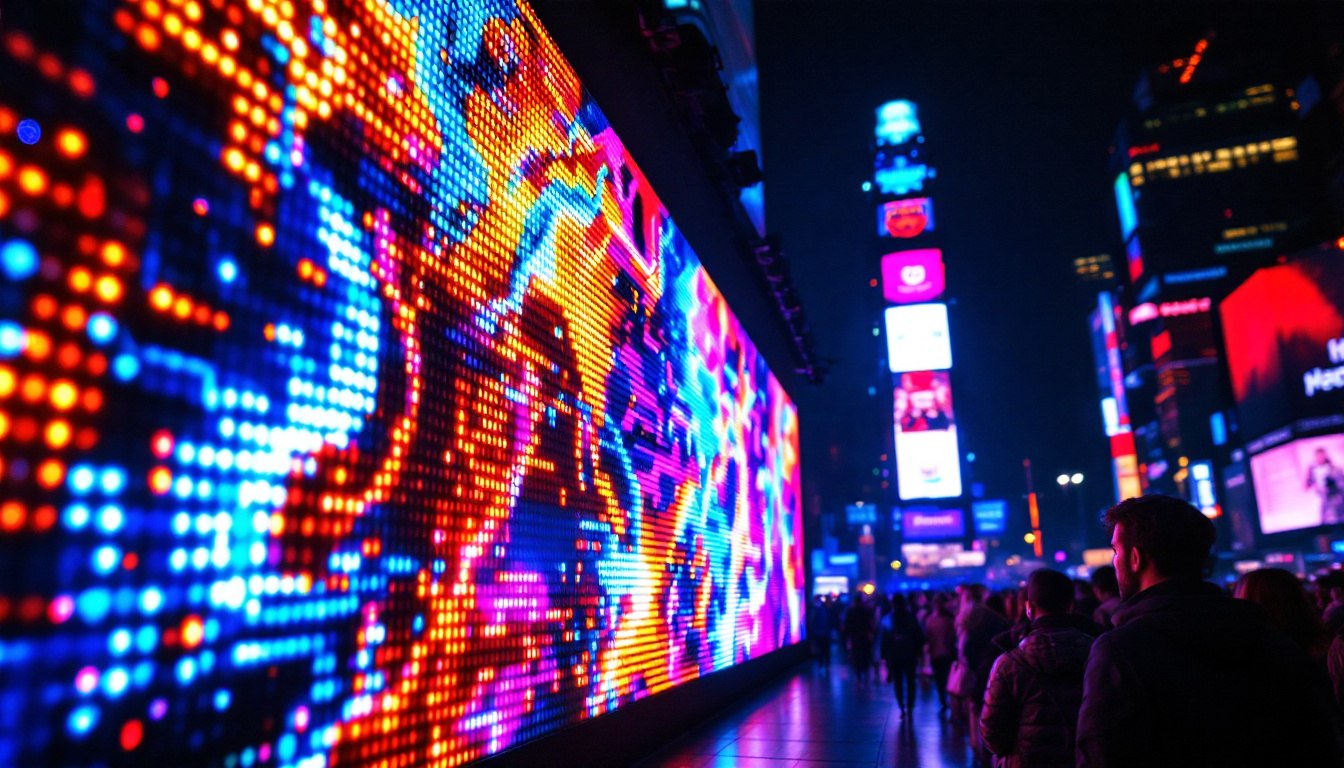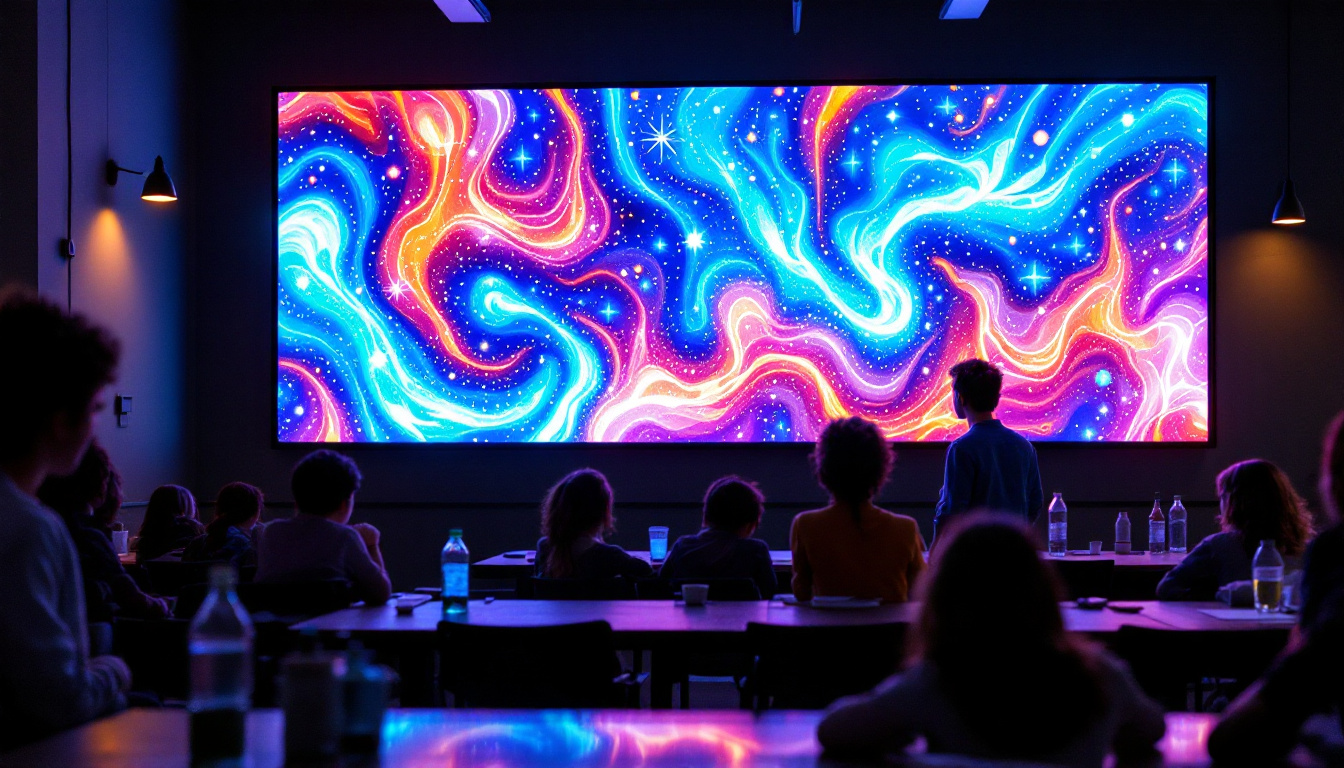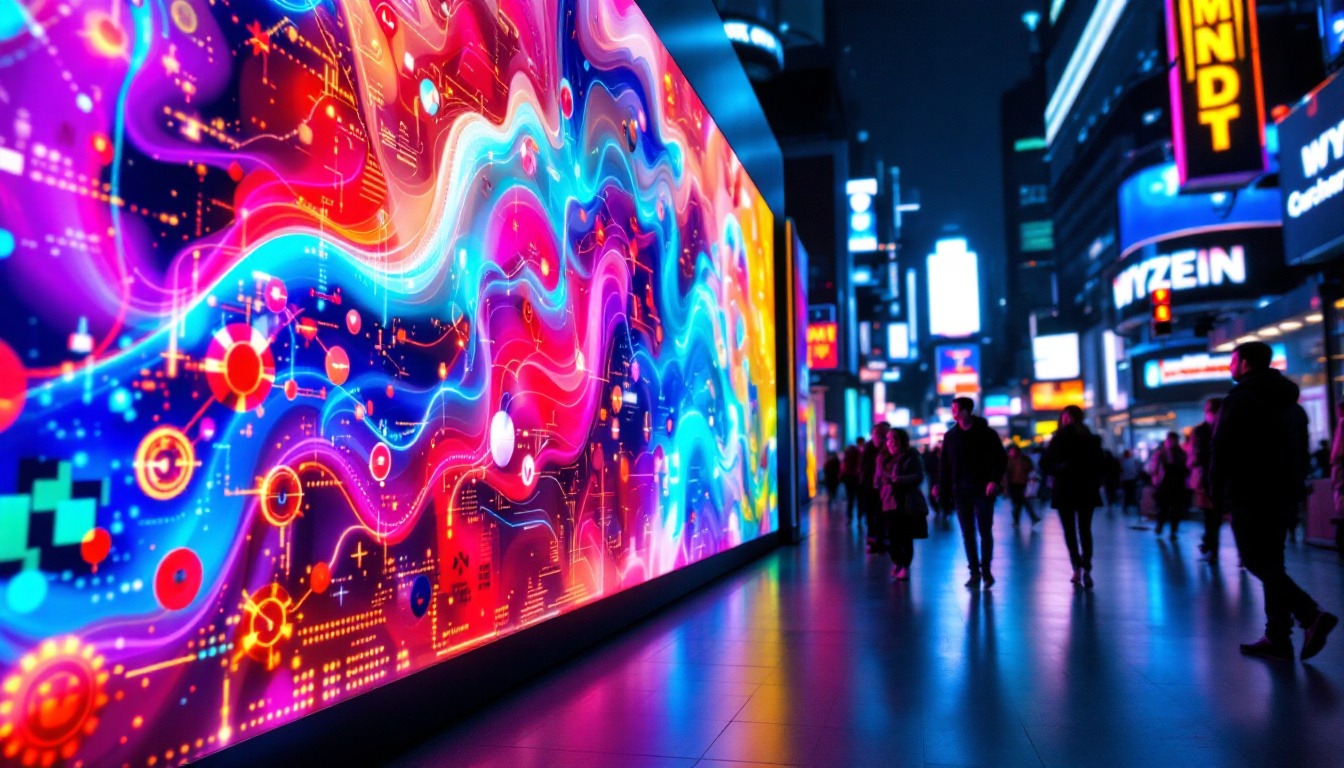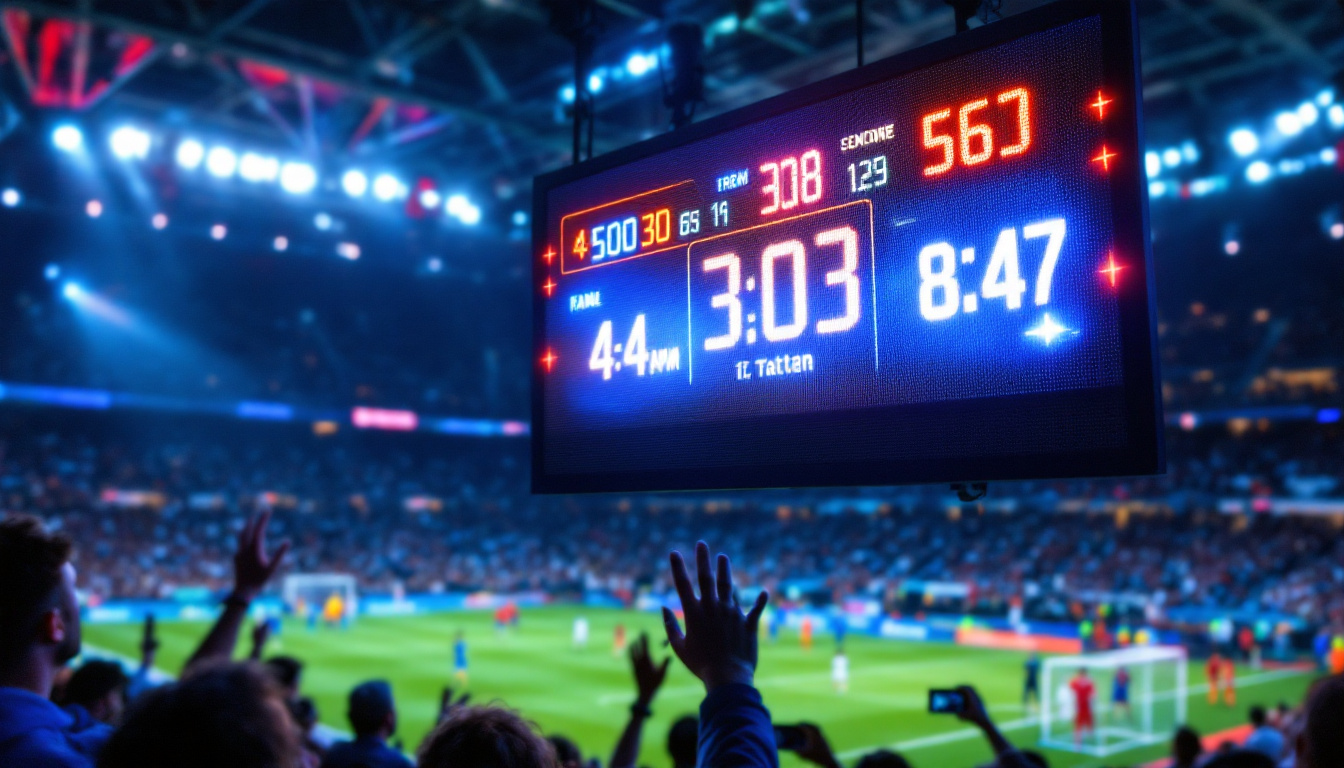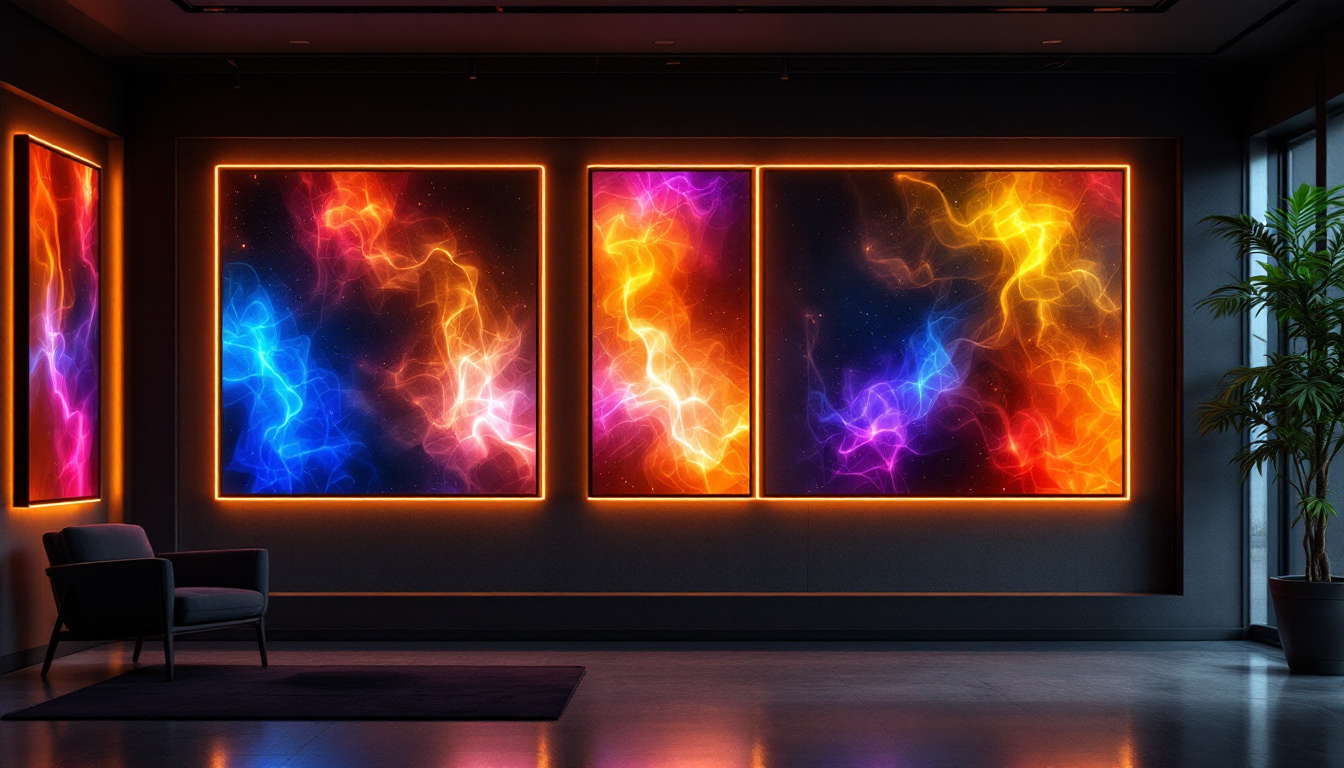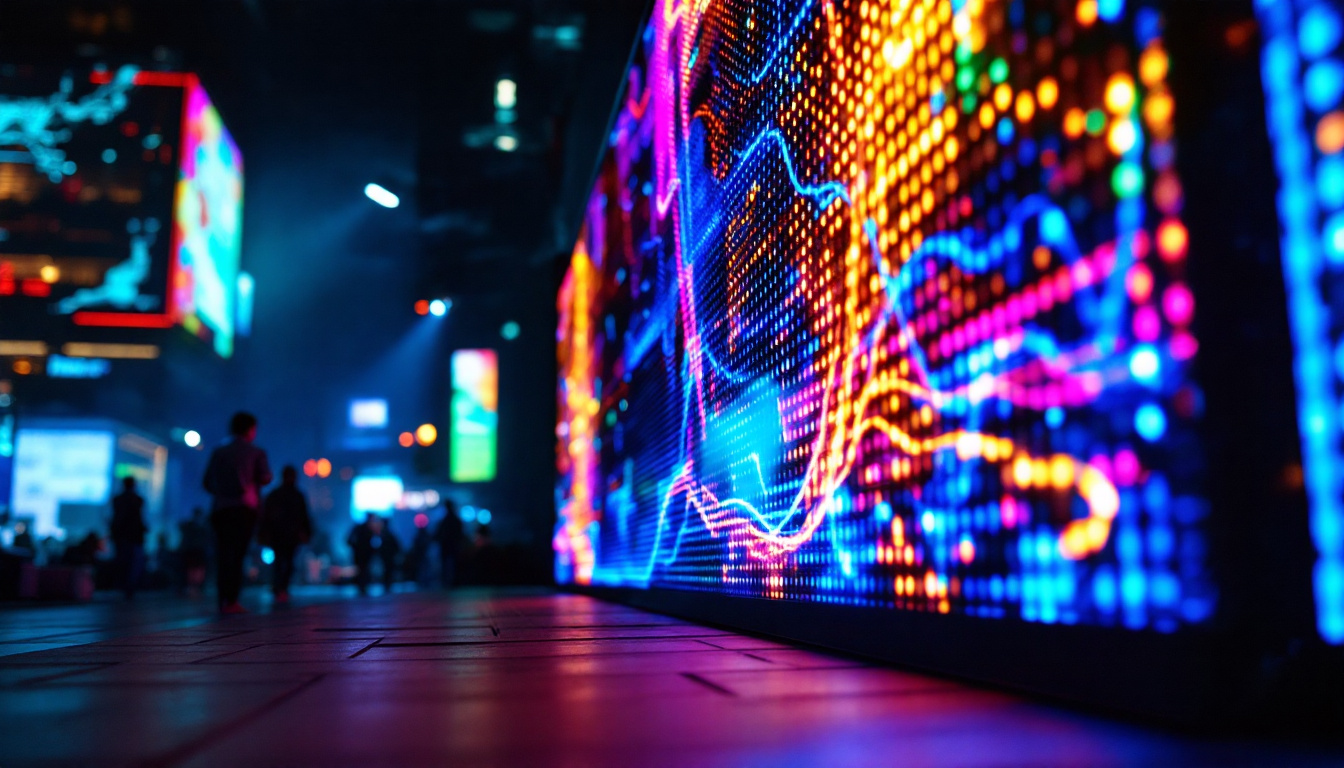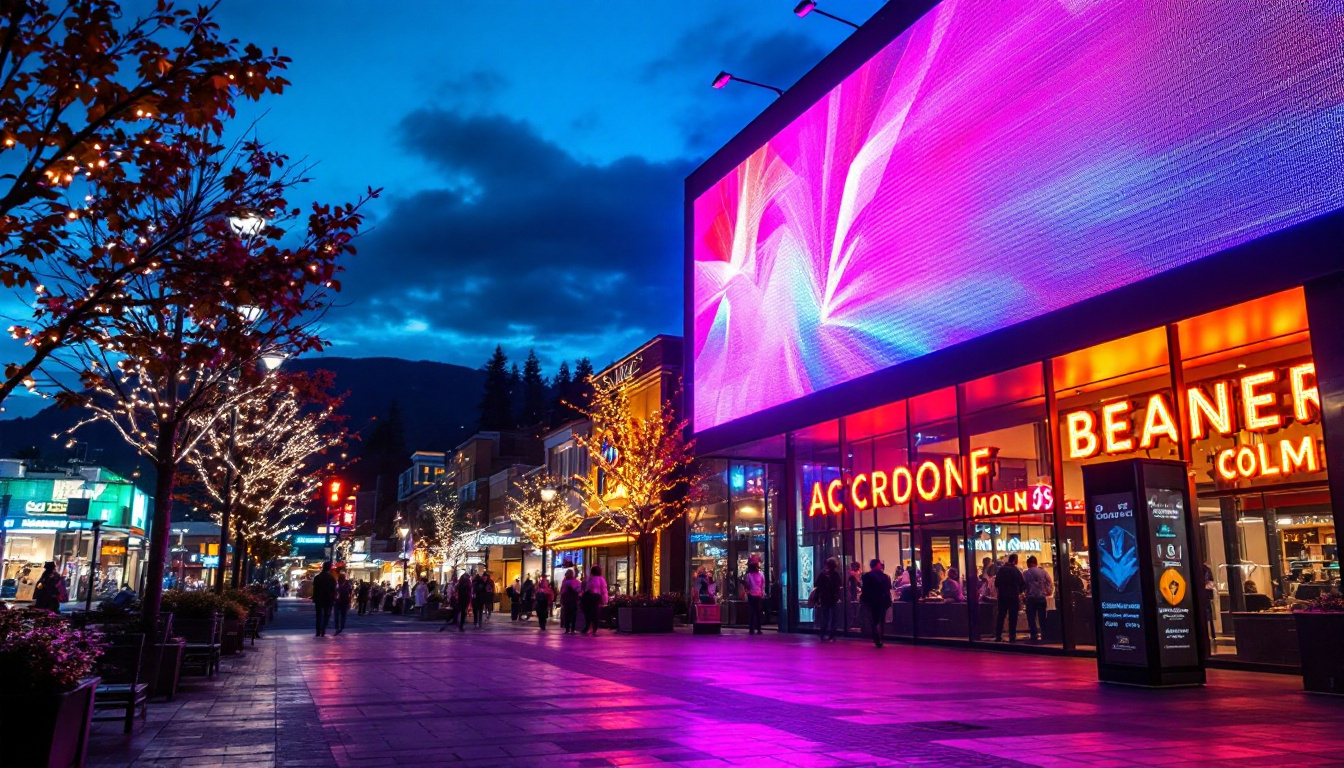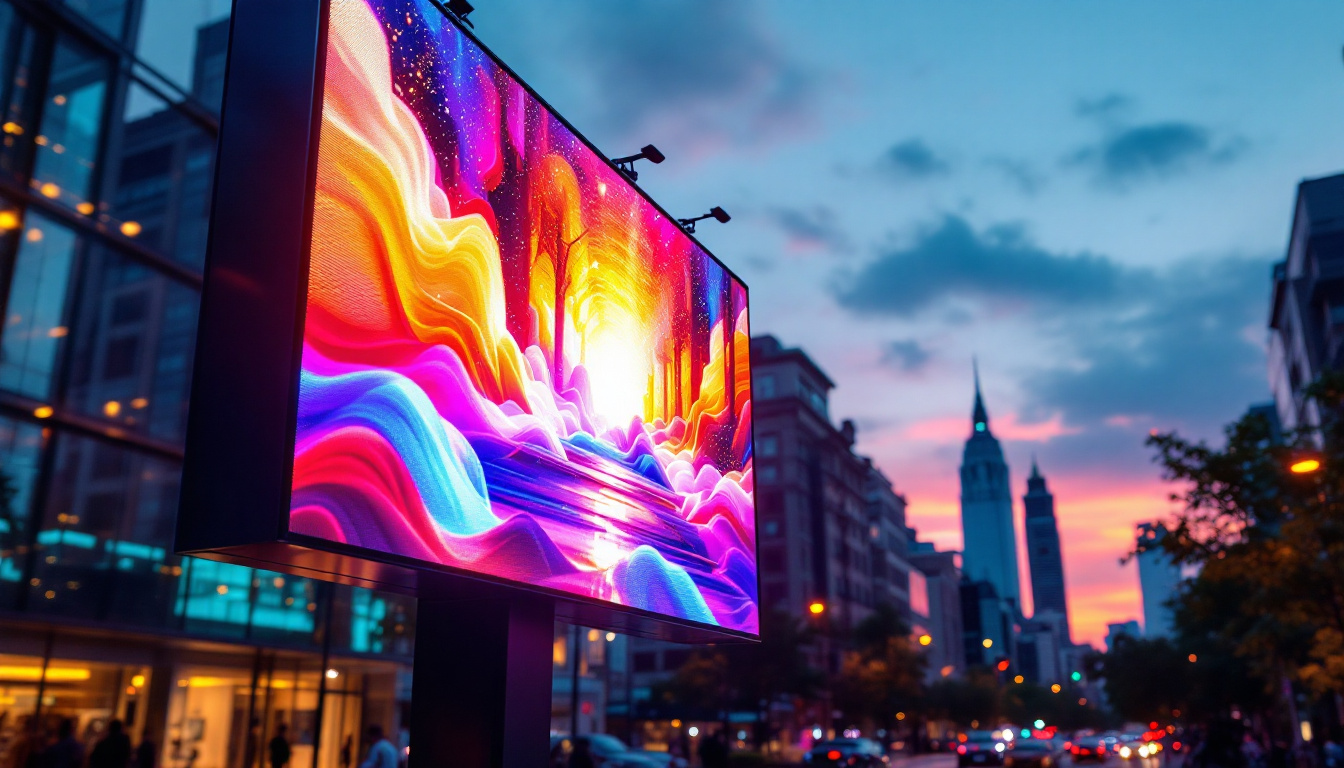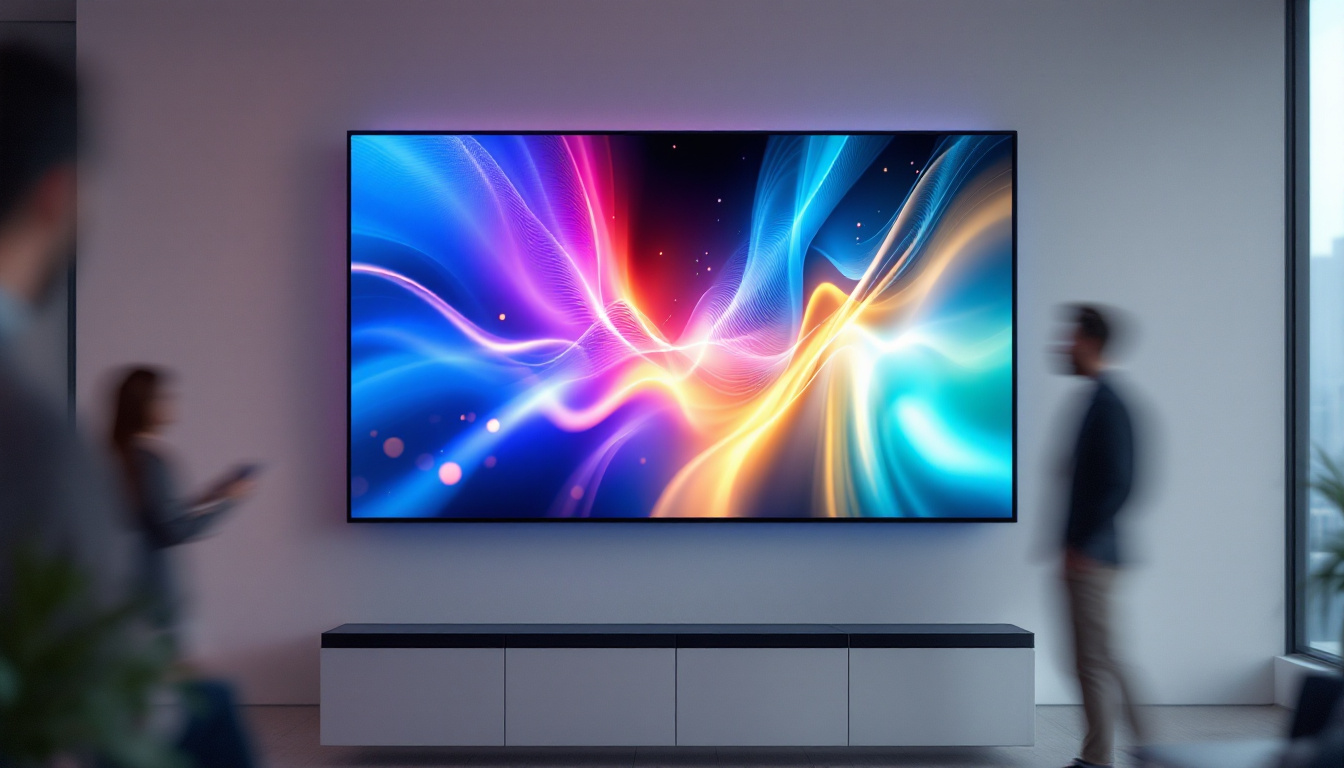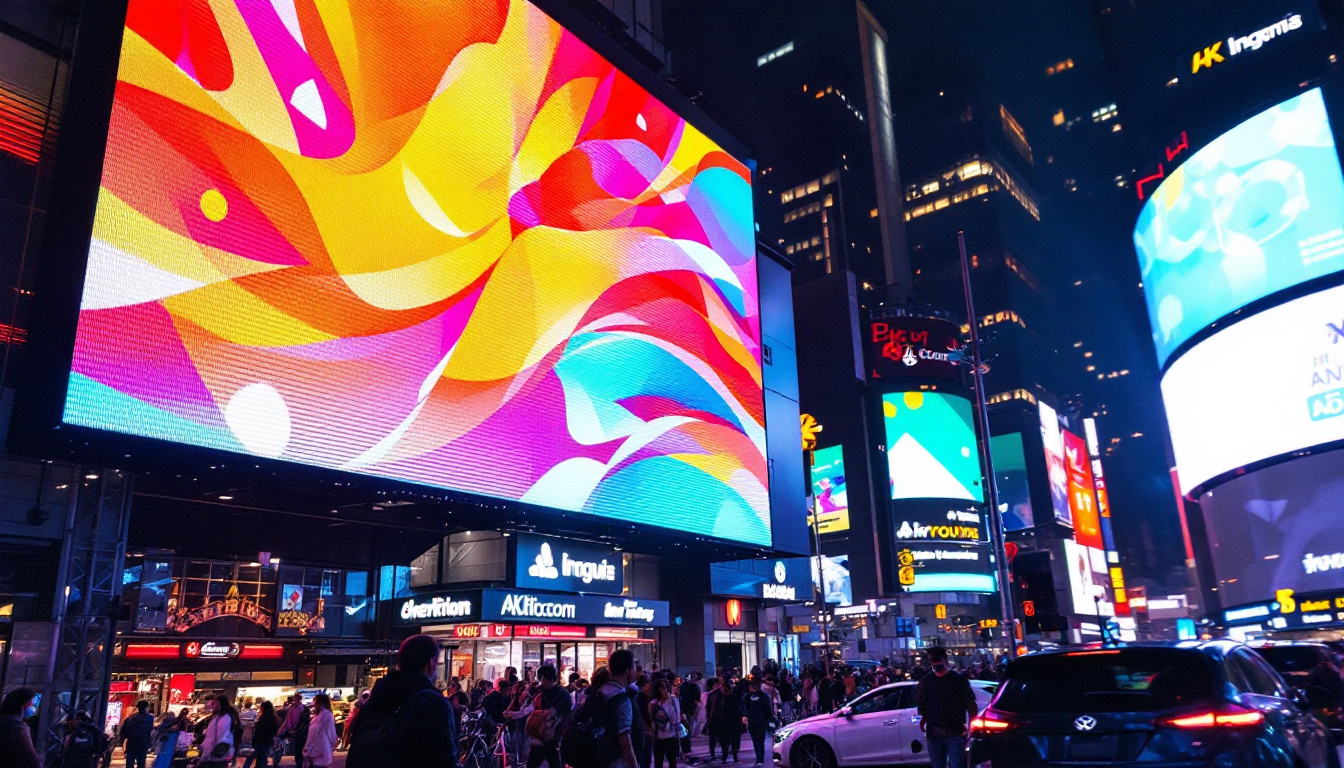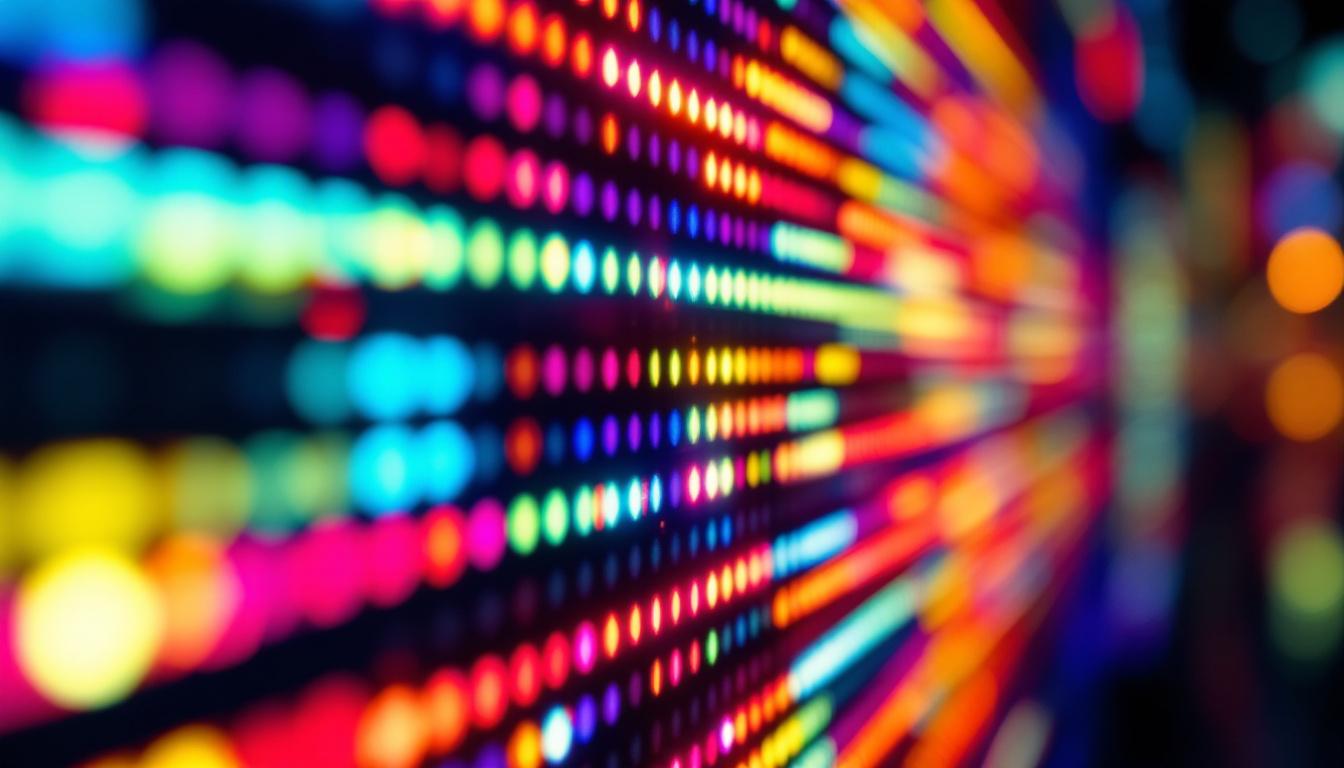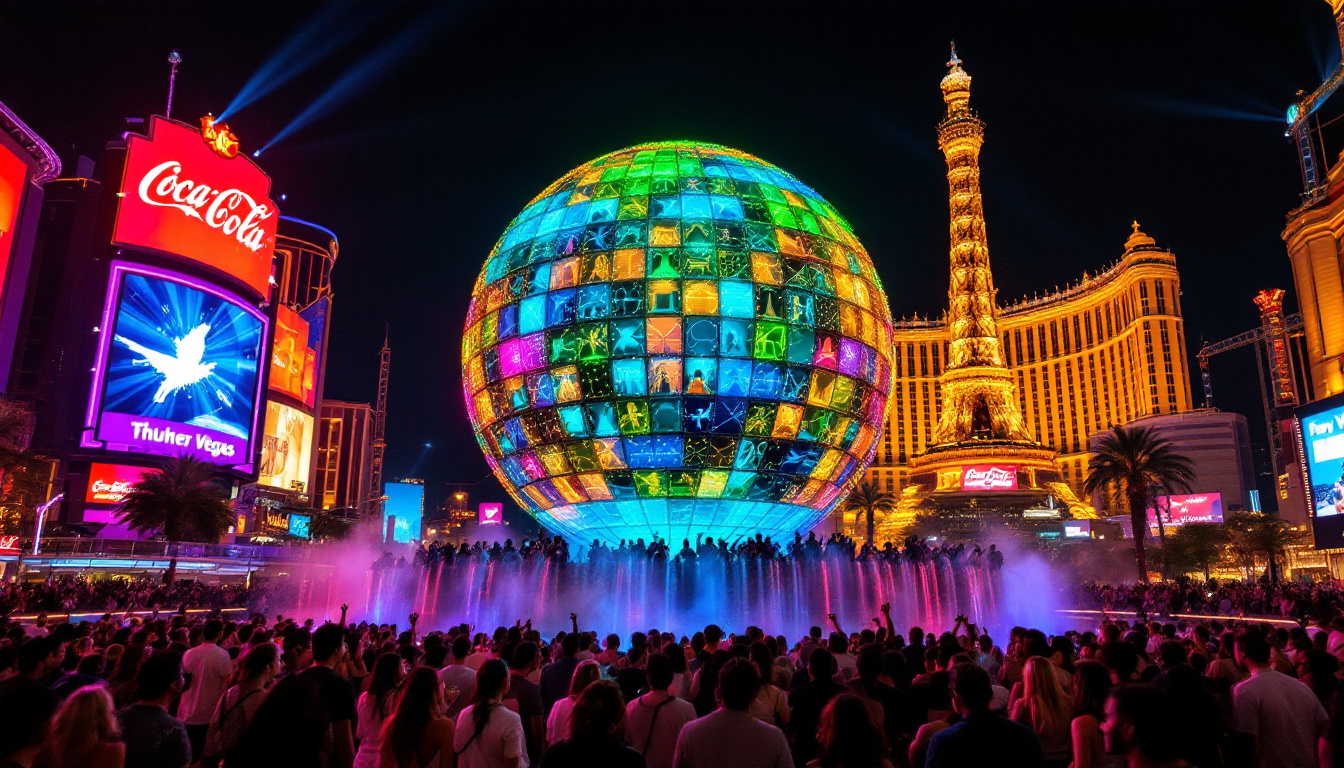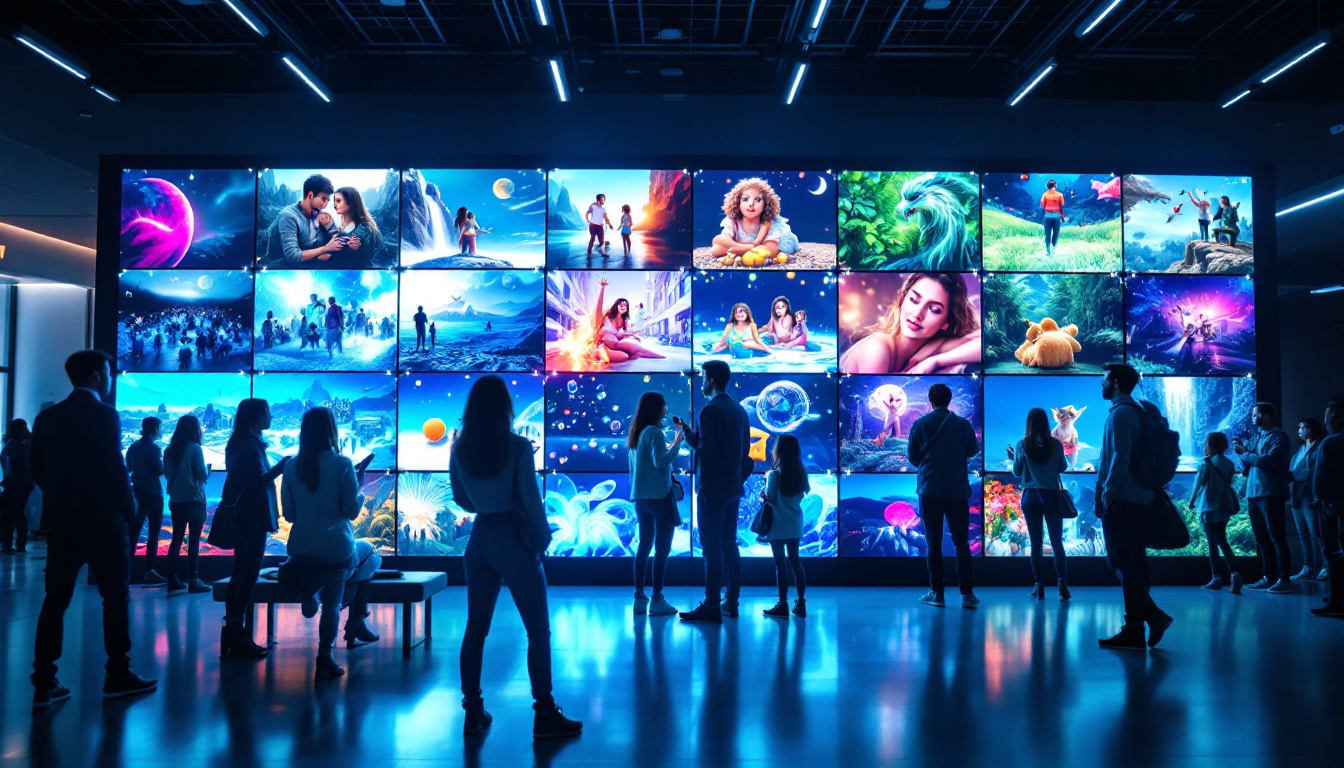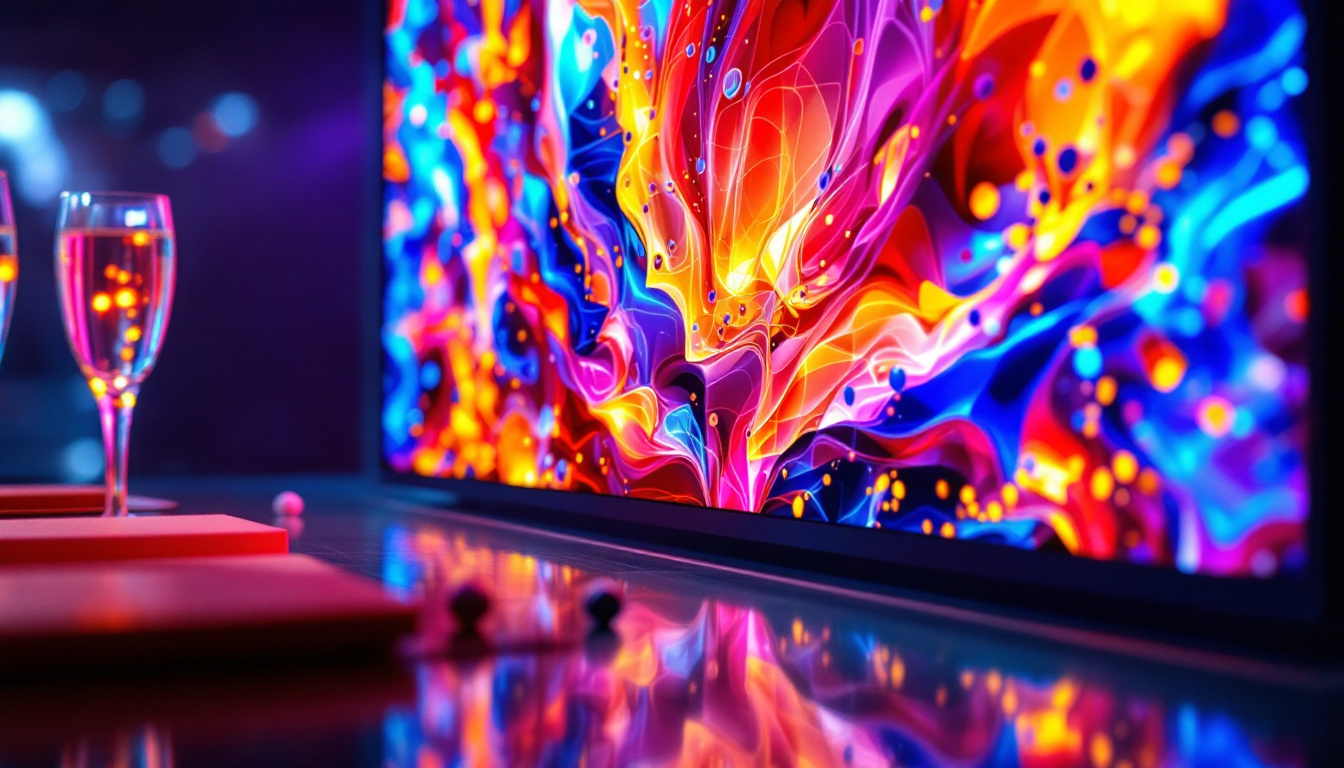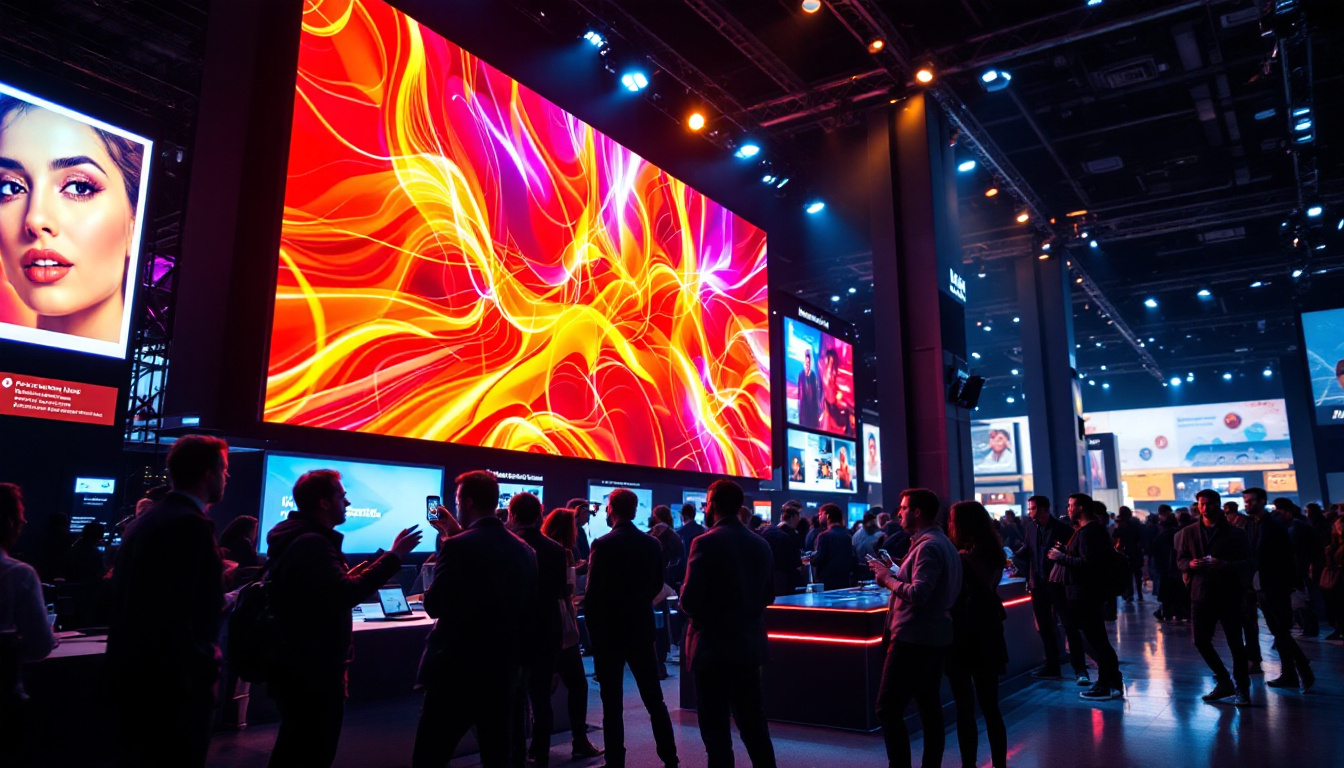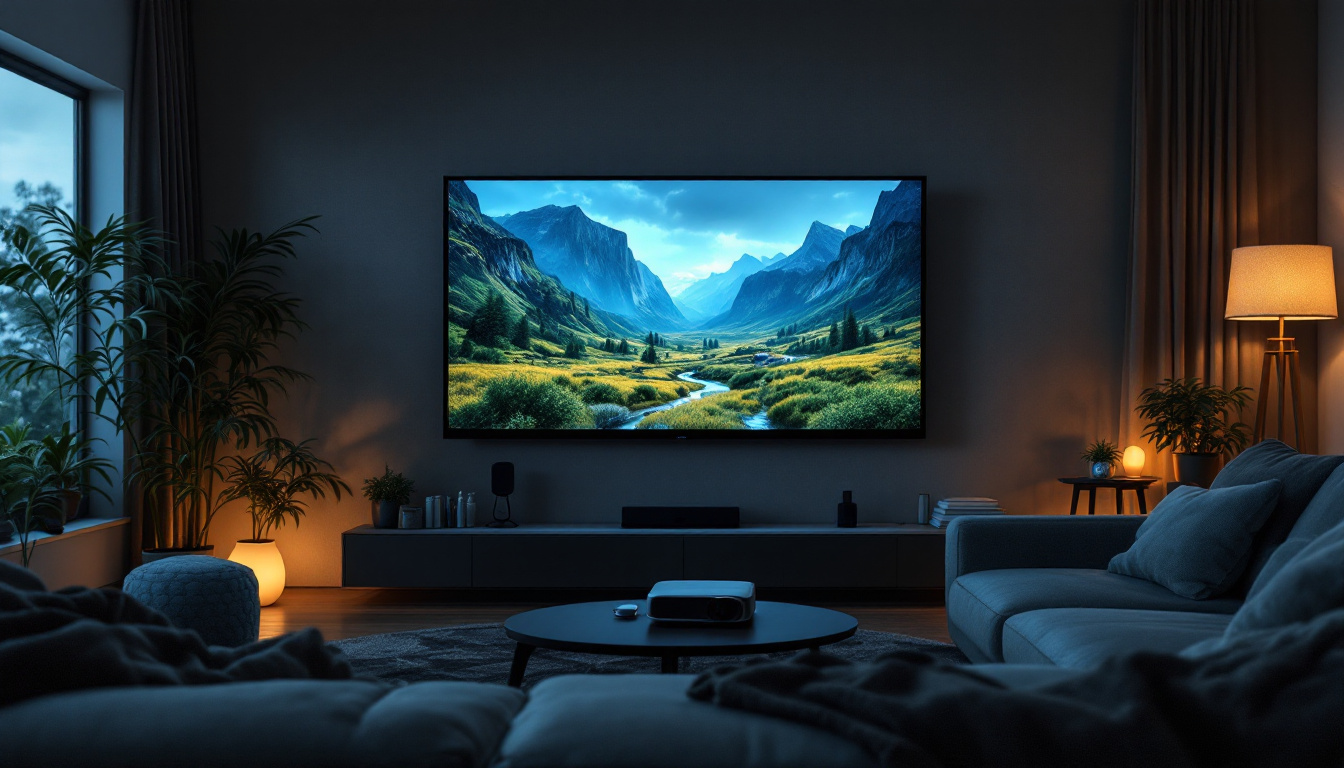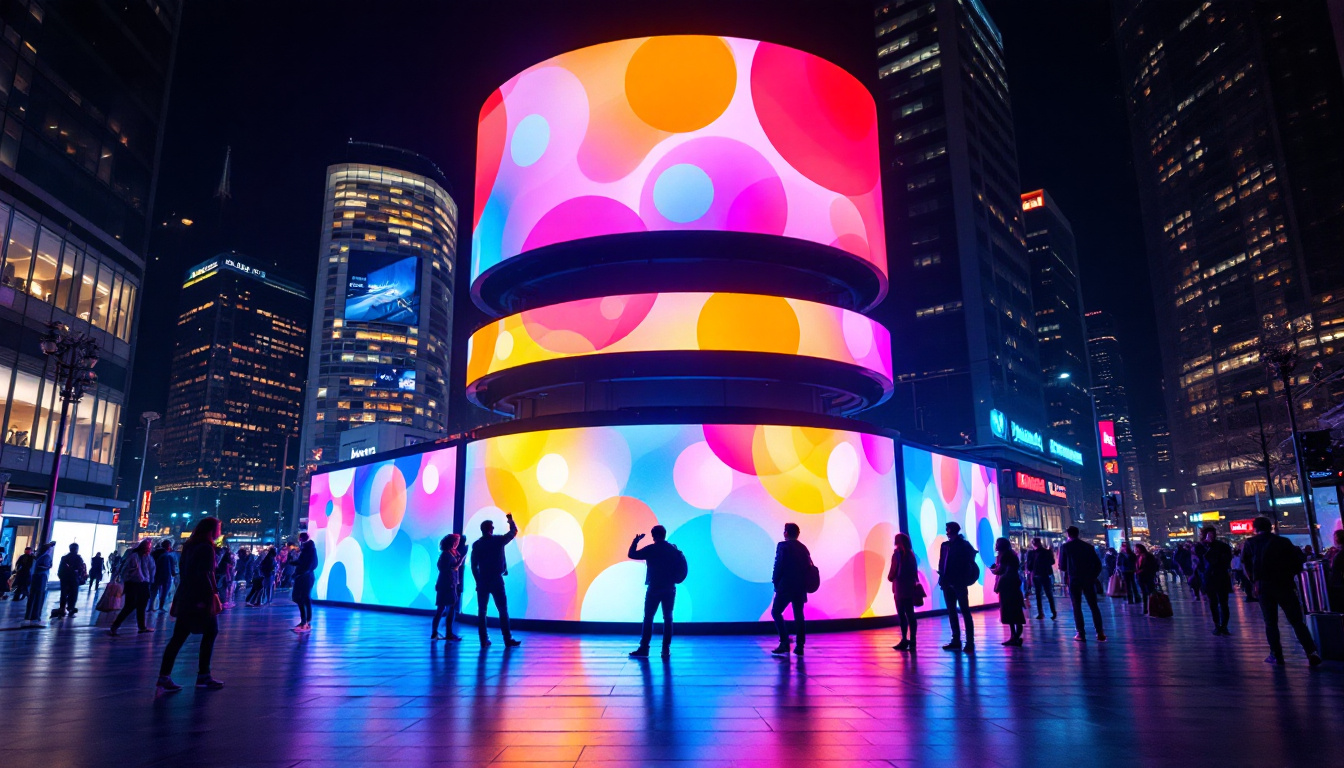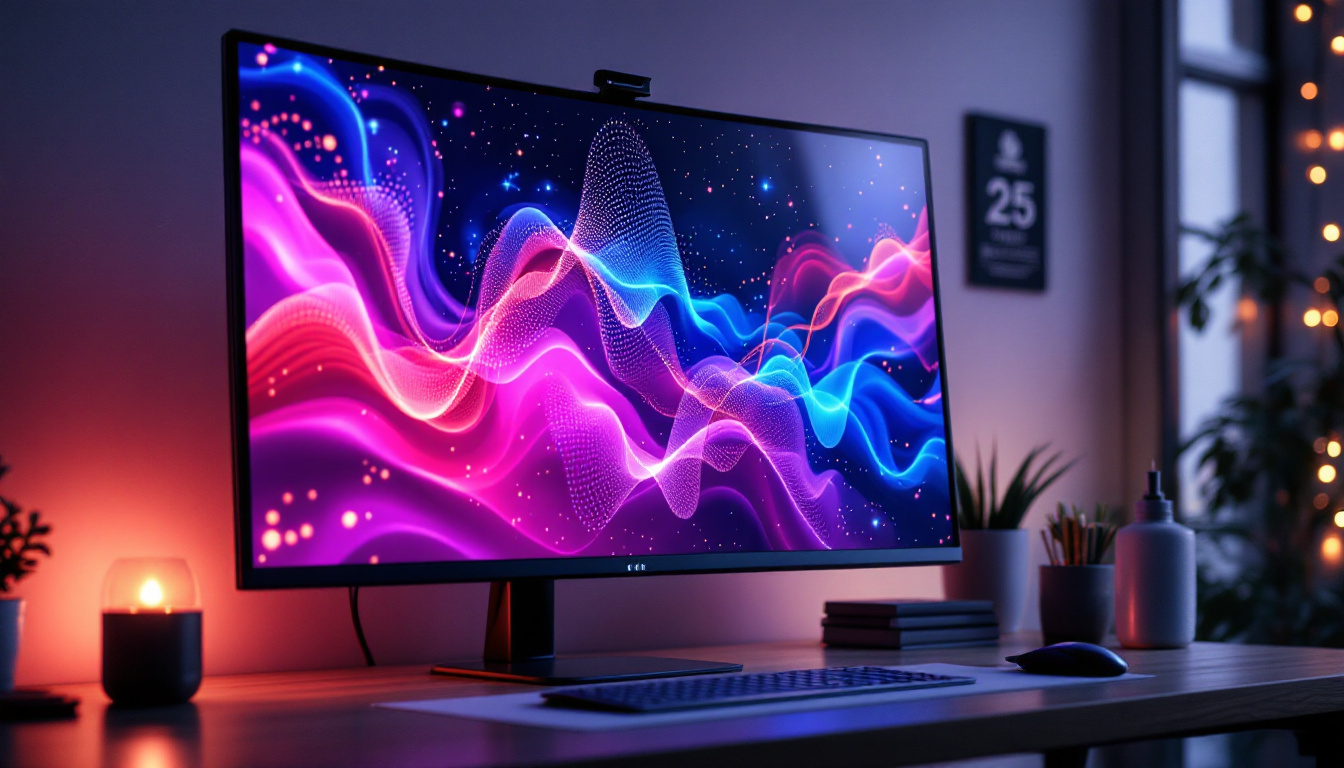In recent years, technology has made significant strides, leading to innovative displays that not only serve functional purposes but also enhance aesthetic appeal. One of the most exciting advancements in display technology is the transparent display screen. This article delves into the intricacies of transparent LED displays, their applications, advantages, and the future they hold in various industries.
What is a Transparent Display Screen?
A transparent display screen is a type of display technology that allows users to see through the screen while still presenting visual content. This dual functionality creates a unique viewing experience, merging the digital and physical worlds. Typically, these displays use LED technology to achieve transparency, enabling images and videos to be projected onto a clear surface.
Transparent displays can be made from various materials, including glass and acrylic. The transparency level can vary, allowing for different applications depending on the desired effect. This technology has gained traction in retail, advertising, and even automotive industries, where it can transform the way information is presented.
How Transparent LED Displays Work
Transparent LED displays operate on a principle similar to traditional LED screens but with a key difference: they are designed to allow light to pass through. This is achieved through the use of special transparent materials and innovative pixel arrangements. The pixels are typically arranged in a grid format, with each pixel capable of emitting light independently.
When the display is powered on, the pixels illuminate to create images or videos. The transparency of the screen allows ambient light to pass through, making it possible to view objects behind the display while still seeing the projected content. This unique feature creates an immersive experience, often referred to as augmented reality.
Key Components of Transparent LED Displays
Several essential components make up a transparent LED display. Understanding these components can provide insight into how this technology functions effectively.
- LED Pixels: These are the fundamental building blocks of the display, responsible for generating light and color. The arrangement and density of these pixels determine the display’s resolution and clarity.
- Transparent Substrate: The substrate is the material on which the pixels are mounted. It must be transparent to allow light to pass through while providing structural integrity.
- Control System: This system manages the input signals and ensures that the correct images are displayed at the right times. It plays a crucial role in synchronizing the display with the content being shown.
Applications of Transparent LED Displays
Transparent LED displays have a wide range of applications across various industries. Their unique capabilities make them suitable for environments where traditional displays may not be practical or visually appealing.
Retail and Advertising
In the retail sector, transparent displays are revolutionizing the way products are showcased. Retailers can use these displays to create eye-catching advertisements that blend seamlessly with the physical environment. For instance, a transparent display can be placed in a store window, allowing passersby to see both the products inside and the promotional content being displayed.
This dual functionality not only enhances visibility but also engages customers in a more interactive way. Shoppers can view product details while still being aware of their surroundings, creating a more immersive shopping experience.
Automotive Industry
The automotive industry is another area where transparent LED displays are making waves. Car manufacturers are exploring the use of transparent displays in vehicle windshields and dashboards. These displays can provide essential information, such as navigation directions and speed, without obstructing the driver’s view of the road.
By integrating transparent displays into vehicles, manufacturers can enhance safety and improve the overall driving experience. This technology allows for real-time updates and notifications, making driving more intuitive and connected.
Architectural and Interior Design
Transparent LED displays are also finding their place in architectural and interior design. Designers can incorporate these displays into building facades, creating stunning visual effects that change with the time of day or season. This application not only enhances the aesthetic appeal of buildings but also serves functional purposes, such as providing information about the building or its occupants.
In interior spaces, transparent displays can be used for decorative purposes, allowing for dynamic art installations or interactive displays that engage visitors. This versatility makes transparent displays an attractive option for architects and designers looking to push the boundaries of traditional design.
Advantages of Transparent LED Displays
Transparent LED displays offer several advantages over traditional display technologies. These benefits make them an appealing choice for various applications across multiple industries.
Enhanced Aesthetics
One of the most significant advantages of transparent LED displays is their aesthetic appeal. Unlike traditional displays that can be bulky and obtrusive, transparent displays blend seamlessly into their surroundings. This feature allows for a more modern and sophisticated look, making them ideal for high-end retail environments and luxury vehicles.
Moreover, the ability to see through the display adds an element of intrigue, capturing the attention of viewers and encouraging them to engage with the content being presented.
Space Efficiency
Transparent displays are also space-efficient, as they can be integrated into existing structures without requiring additional physical space. This is particularly beneficial in urban environments where space is at a premium. Retailers can utilize transparent displays in windows, allowing them to showcase products without sacrificing valuable floor space.
In addition, the lightweight nature of these displays means they can be mounted in various locations, including walls, ceilings, and even vehicles, without the need for extensive structural modifications.
Interactive Capabilities
Many transparent LED displays come equipped with touch-sensitive technology, enabling interactive features. This capability allows users to engage with the content in real-time, creating a more dynamic experience. For example, customers in a retail setting can touch the display to learn more about a product or make a purchase directly.
This level of interactivity enhances user engagement and can lead to increased sales and customer satisfaction. It also opens up new possibilities for creative marketing strategies, allowing brands to connect with consumers in innovative ways.
Challenges and Limitations
Despite their many advantages, transparent LED displays also face challenges and limitations that must be addressed for widespread adoption. Understanding these challenges is crucial for businesses considering this technology.
Cost Considerations
One of the primary challenges associated with transparent LED displays is their cost. The technology involved in creating transparent displays is often more expensive than traditional display solutions. This can be a barrier for small businesses or those with limited budgets, making it difficult for them to invest in this innovative technology.
As the technology matures and production processes become more efficient, it is expected that costs will decrease. However, for the time being, the initial investment may deter some potential users.
Brightness and Visibility
Another limitation of transparent LED displays is their brightness and visibility in various lighting conditions. While they can be effective in controlled environments, they may struggle to compete with ambient light in bright outdoor settings. This can affect the clarity and visibility of the content being displayed.
To address this issue, manufacturers are continually working on improving the brightness and contrast of transparent displays. However, achieving optimal performance in all lighting conditions remains a challenge that needs to be overcome.
Technical Complexity
The technical complexity of transparent LED displays can also pose challenges for integration and maintenance. Businesses may require specialized knowledge and skills to install and operate these displays effectively. This can lead to additional costs and potential downtime if technical issues arise.
As the technology evolves, it is anticipated that user-friendly solutions will emerge, simplifying the installation and maintenance processes. Nevertheless, businesses must be prepared to navigate these complexities during the transition to transparent display technology.
The Future of Transparent LED Displays
The future of transparent LED displays is promising, with ongoing advancements in technology and increasing interest across various industries. As manufacturers continue to innovate, several trends are likely to shape the future landscape of transparent displays.
Integration with Augmented Reality
One of the most exciting prospects for transparent LED displays is their integration with augmented reality (AR) technologies. By combining transparent displays with AR, users can experience a seamless blend of digital content and the real world. This could lead to groundbreaking applications in fields such as education, training, and entertainment.
For instance, in educational settings, transparent displays could be used to overlay information on physical objects, enhancing the learning experience. Similarly, in training scenarios, AR could provide real-time guidance and feedback, improving skill acquisition and retention.
Advancements in Display Technology
As research and development in display technology continue, transparent LED displays are expected to become more advanced. Improvements in resolution, brightness, and energy efficiency will enhance their performance and make them more appealing to a broader range of users.
Additionally, as manufacturing processes become more streamlined, the cost of transparent displays is likely to decrease, making them more accessible to businesses of all sizes. This democratization of technology could lead to widespread adoption across various sectors.
Environmental Considerations
With increasing awareness of environmental issues, the future of transparent LED displays may also involve a focus on sustainability. Manufacturers are likely to explore eco-friendly materials and energy-efficient technologies to reduce the environmental impact of production and use.
By prioritizing sustainability, transparent displays can align with the values of consumers and businesses alike, further driving their adoption in the marketplace.
Conclusion
Transparent LED displays represent a fascinating intersection of technology and design, offering unique advantages that traditional displays cannot match. Their ability to merge the digital and physical worlds opens up a plethora of applications across various industries, from retail to automotive and beyond.
While challenges such as cost and visibility remain, ongoing advancements in technology and a growing interest in interactive solutions are paving the way for a brighter future for transparent displays. As this technology continues to evolve, it is poised to redefine how information is presented and experienced, creating exciting possibilities for businesses and consumers alike.
In conclusion, the transparent display screen is not just a technological novelty; it is a glimpse into the future of how we will interact with information and our environment. As industries continue to explore its potential, the impact of transparent LED displays will undoubtedly be felt for years to come.
Discover the Future with LumenMatrix
Ready to elevate your visual experience and embrace the future of display technology? LumenMatrix is at the forefront of this revolution, offering a wide array of innovative LED display solutions that cater to your unique needs. From mesmerizing Indoor and Outdoor LED Wall Displays to dynamic Vehicle and Sports LED Displays, our products are designed to captivate and engage. Dive into the world of transparent LED displays and discover how our cutting-edge solutions can transform your space. Check out LumenMatrix LED Display Solutions today and start your journey towards unparalleled visual storytelling.

